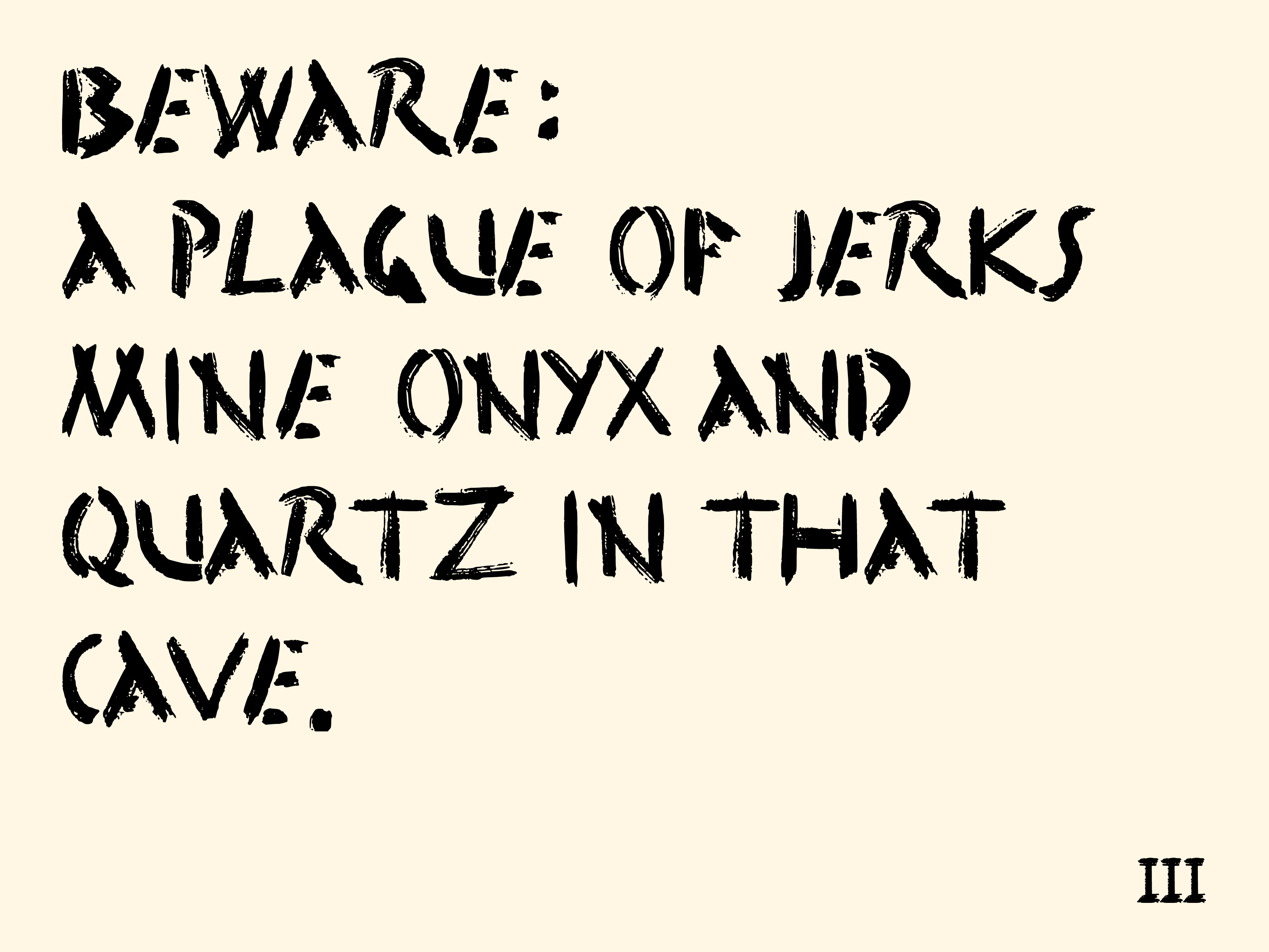strata
︎ ······· emerson lawton
︎ ······· typeface/sculpture/editorial/branding/packaging
/lithograph/risograph posters/mural
︎ ······· spring 2021 / senior thesis
The eruption of Mount Vesuvius in 79 AD decimated the Italian city of Pompeii, creating a literal, architectural and cultural graveyard to be discovered hundreds of years later. Growing up, my obsession with volcanoes led me to become immersed in research about this eruption and its aftermath, fueling a desire to explore the site and get my hands in the dirt. At 20 years old, within a week of leaving the US for the first time, I got on a train to Naples and found myself standing in the ruins I’d spent my whole life chasing.
The experience was surreal and nothing like I’d expected – simultaneously under- and overwhelming, yelled at by Italian men in kiosks trying to sell me coasters and swept up in crowds of tourists. In a moment away from the hoards of people, I sat on an ancient curb in silence and watched Vesuvius looming over the ruins, a now silent time bomb. In that moment the space felt sacred.
The paradox of stands selling tacky souvenirs at the entrance of a city buried by a volcanic eruption feels exploitative, bur archaeological tourism finanically supports preservation of the site. These cheap knickknacks are a form of documentation, but the ruins themselves exhibit preservation in a completely different sense. What does it take for our everyday spaces and objects to be viewed as precious, and how would we interact with them differently if they were considered valuable pieces of history? My thesis recontextualizes methods and ethics of preservation and sacred spaces through the lens of archaeology and the exploration of a natural disaster. My goal is to explore documentation and preservation of the mundane through physical artifacts, type, photography, and other narratives. Digging deep into these themes through my childhood passion is a way to learn from my own relationship with the site itself, and unearth new perspectives on why and how we protect and conserve knowledge.
Thesis site: breakingout2021.show
︎ ······· typeface/sculpture/editorial/branding/packaging
/lithograph/risograph posters/mural
︎ ······· spring 2021 / senior thesis
The eruption of Mount Vesuvius in 79 AD decimated the Italian city of Pompeii, creating a literal, architectural and cultural graveyard to be discovered hundreds of years later. Growing up, my obsession with volcanoes led me to become immersed in research about this eruption and its aftermath, fueling a desire to explore the site and get my hands in the dirt. At 20 years old, within a week of leaving the US for the first time, I got on a train to Naples and found myself standing in the ruins I’d spent my whole life chasing.
The experience was surreal and nothing like I’d expected – simultaneously under- and overwhelming, yelled at by Italian men in kiosks trying to sell me coasters and swept up in crowds of tourists. In a moment away from the hoards of people, I sat on an ancient curb in silence and watched Vesuvius looming over the ruins, a now silent time bomb. In that moment the space felt sacred.
The paradox of stands selling tacky souvenirs at the entrance of a city buried by a volcanic eruption feels exploitative, bur archaeological tourism finanically supports preservation of the site. These cheap knickknacks are a form of documentation, but the ruins themselves exhibit preservation in a completely different sense. What does it take for our everyday spaces and objects to be viewed as precious, and how would we interact with them differently if they were considered valuable pieces of history? My thesis recontextualizes methods and ethics of preservation and sacred spaces through the lens of archaeology and the exploration of a natural disaster. My goal is to explore documentation and preservation of the mundane through physical artifacts, type, photography, and other narratives. Digging deep into these themes through my childhood passion is a way to learn from my own relationship with the site itself, and unearth new perspectives on why and how we protect and conserve knowledge.
Thesis site: breakingout2021.show
(fig. 1) resin/clay artifacts



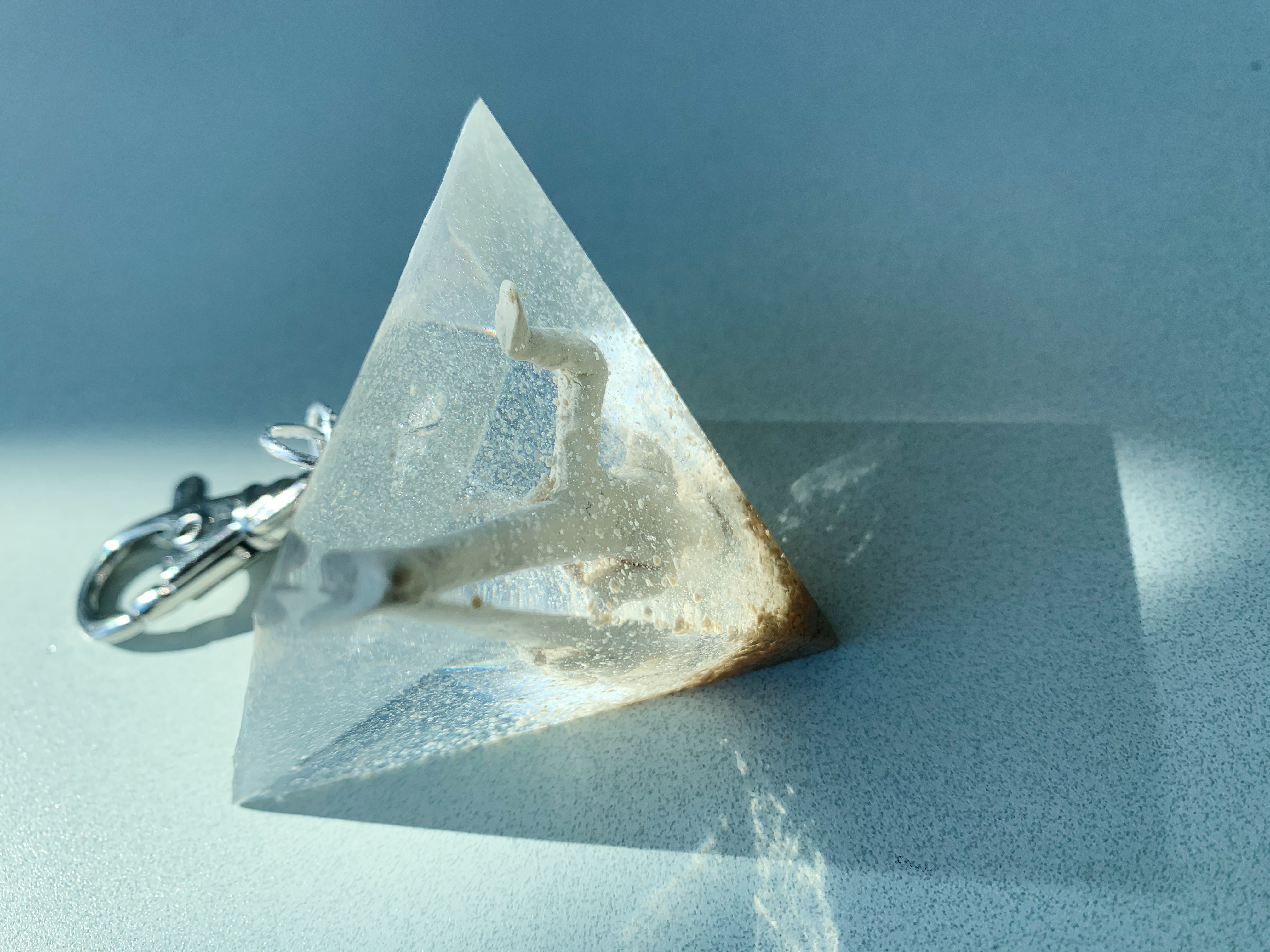
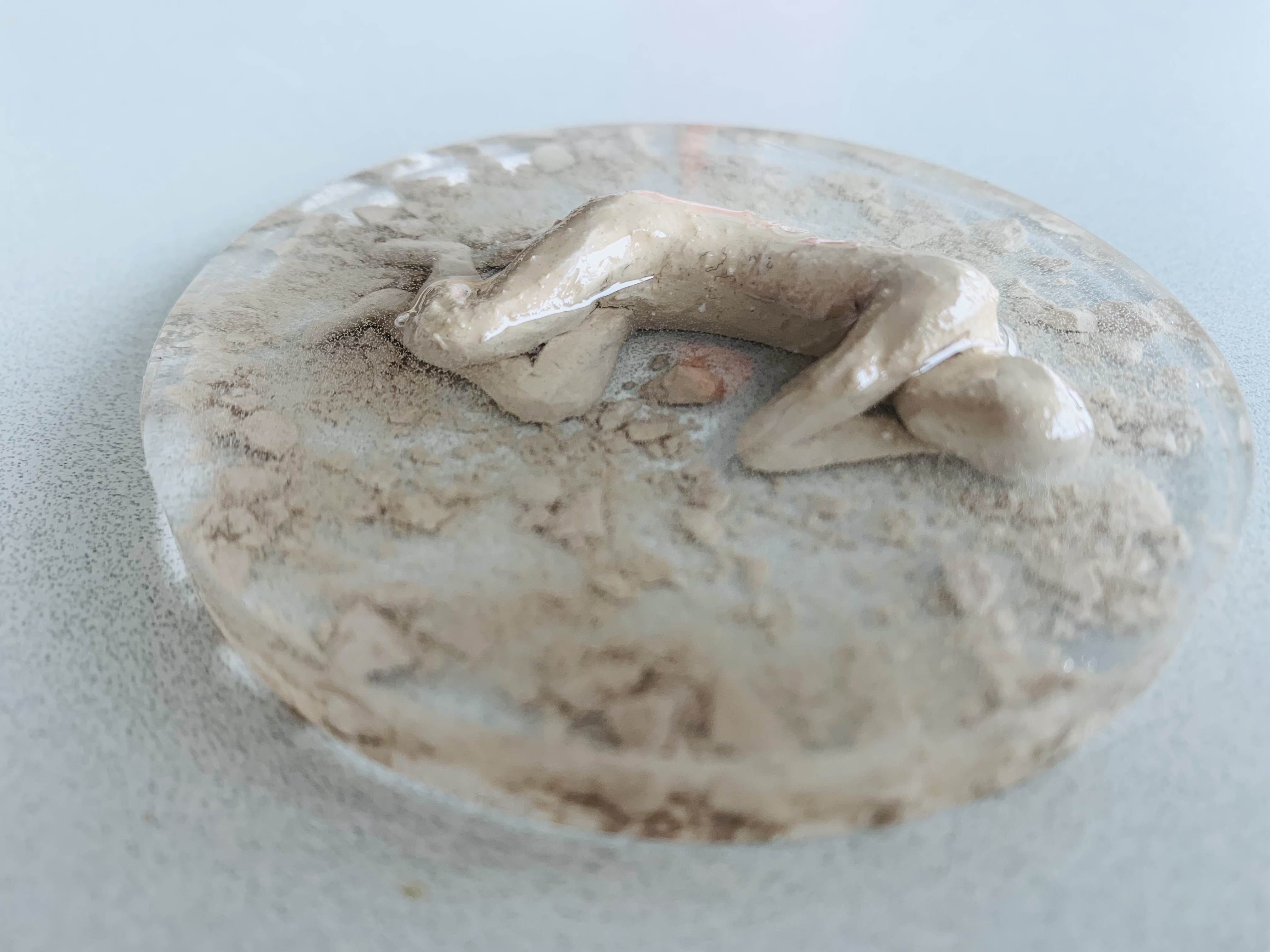







(fig. 2) thesis book


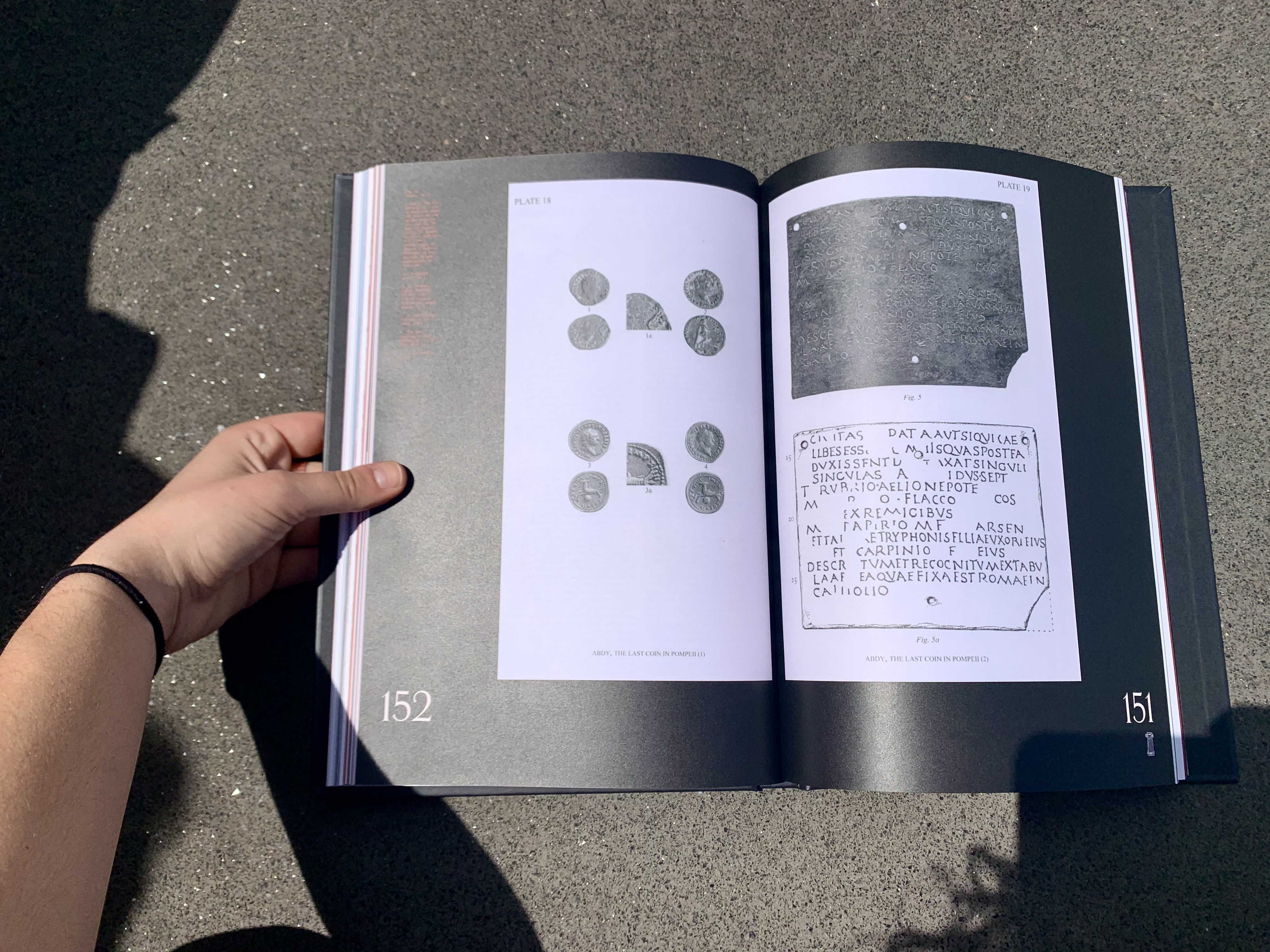




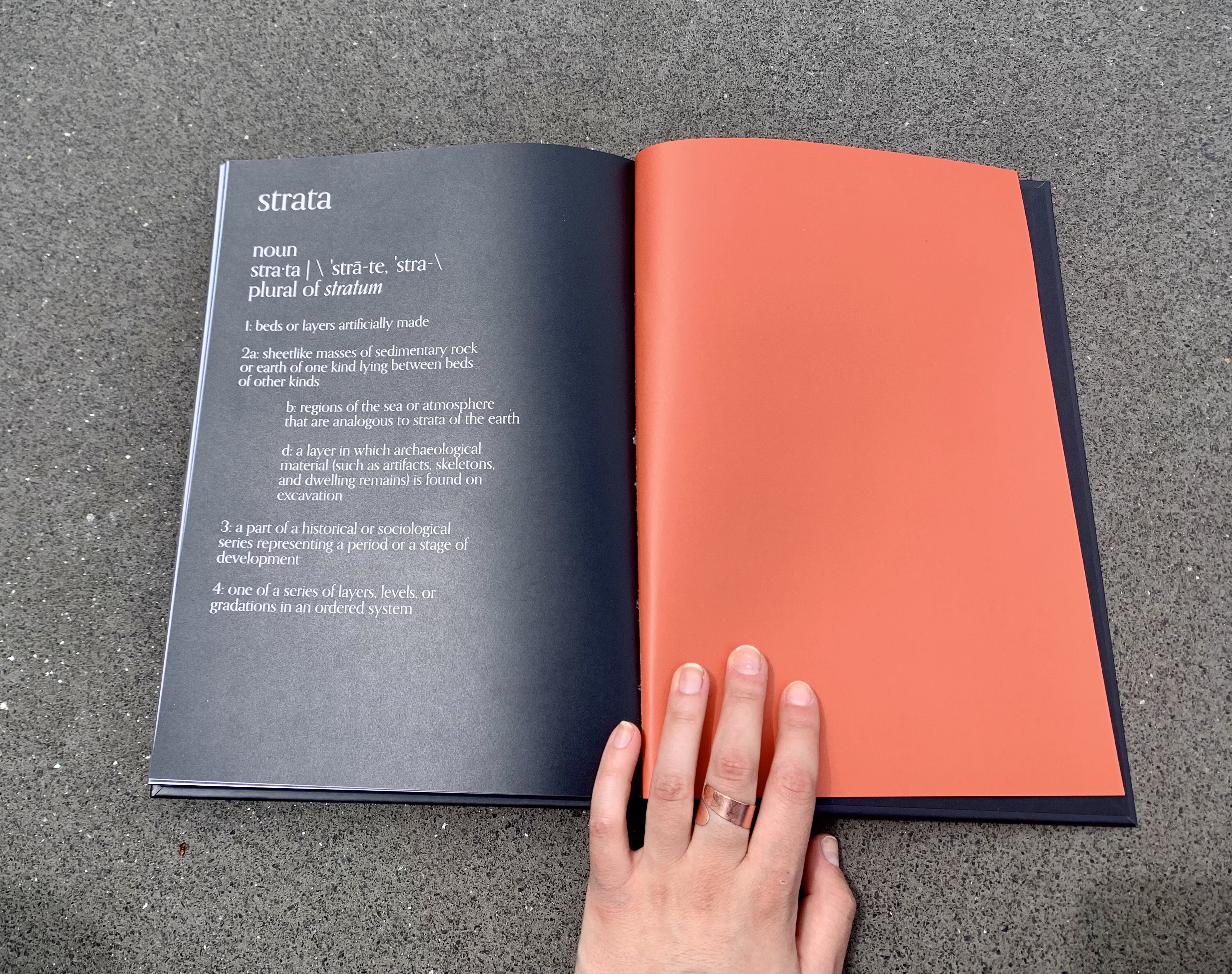

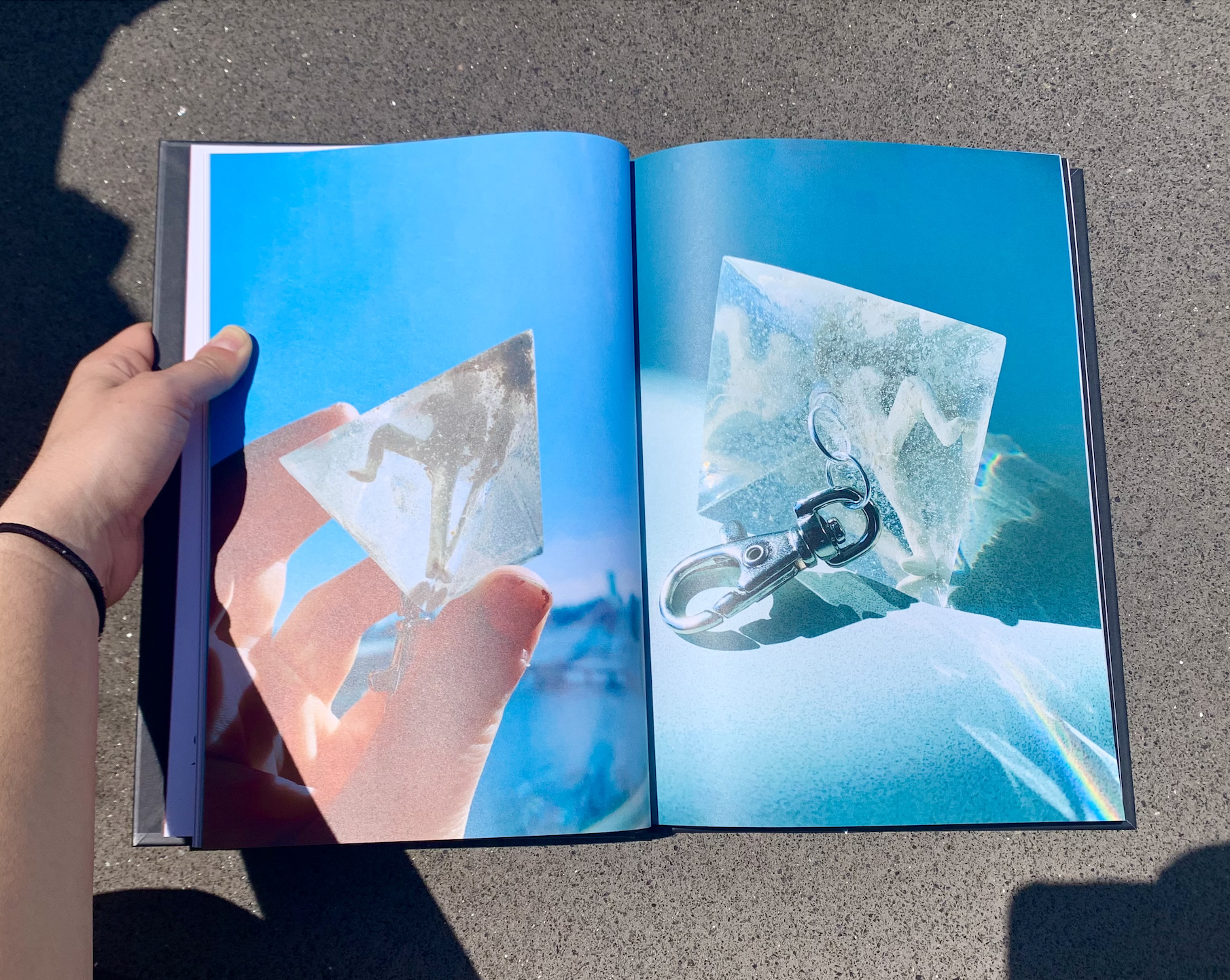
(fig. 3) risograph posters/wheatpaste posterbomb







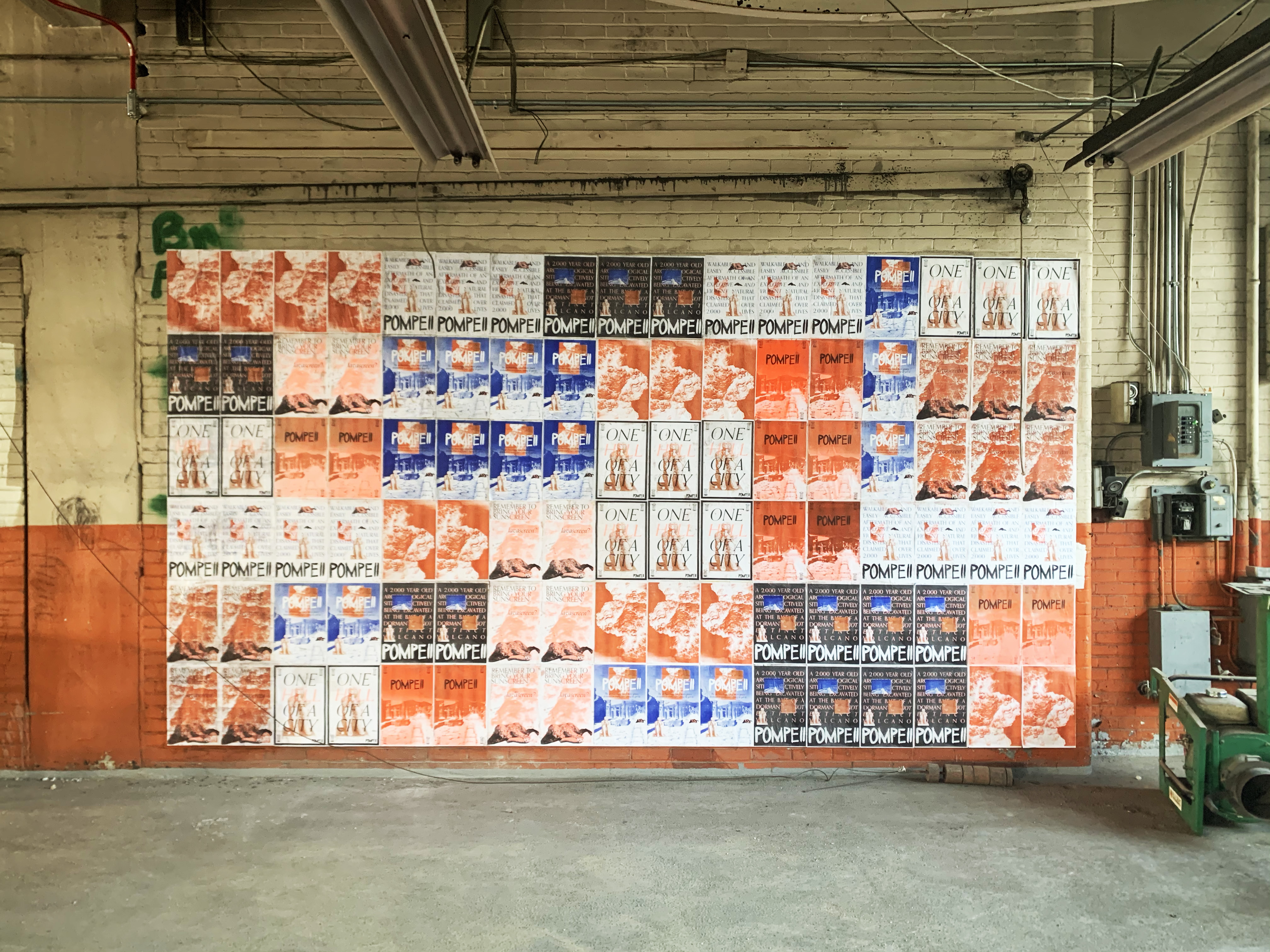







(fig. 4) lithograph site map





(fig. 5) type specimen

